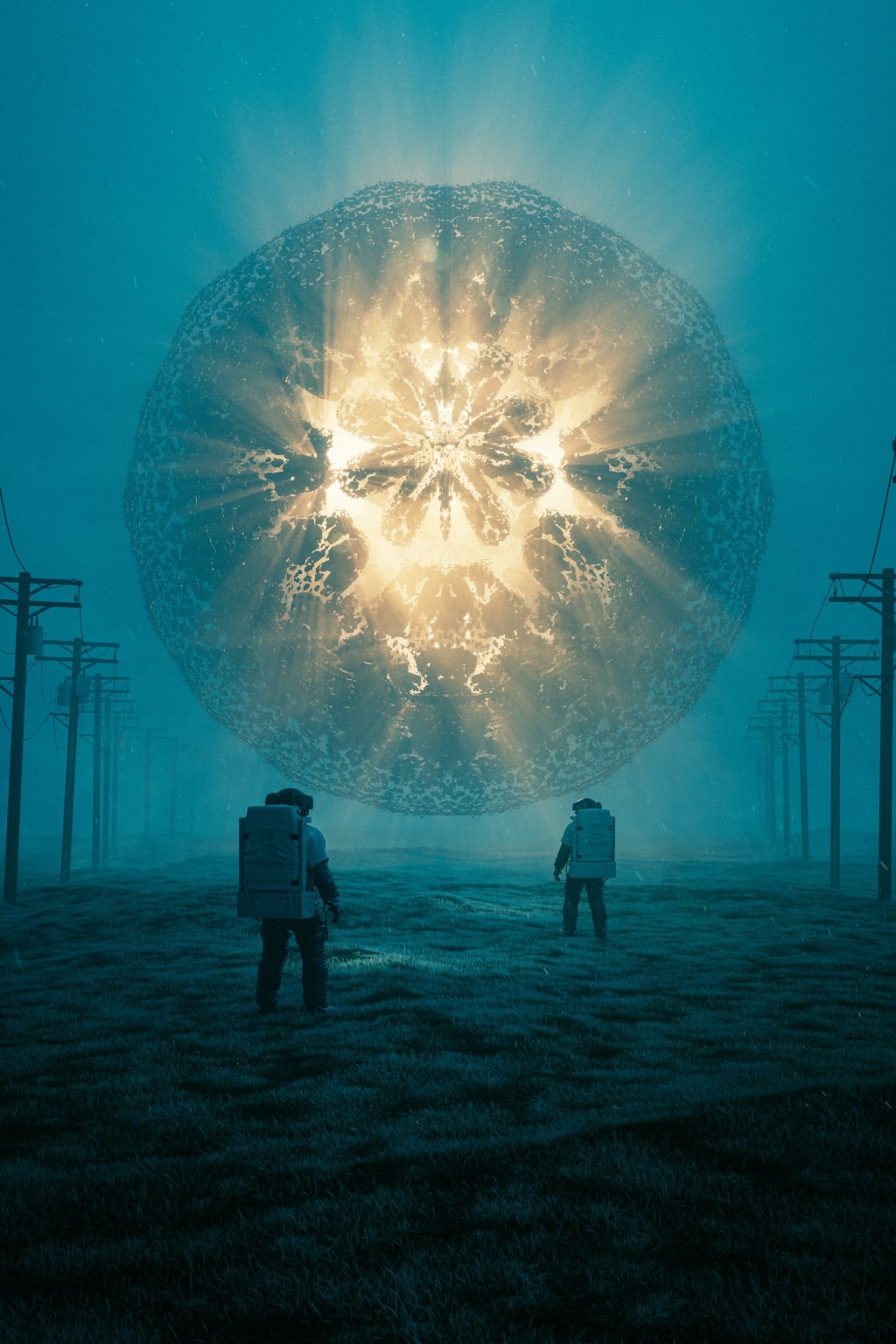If You Wanna Fly to Mars, Visit Iceland First
How Iceland is Preparing Future Astronauts for Mars Missions

When preparing for a long trip, you might look up the route on Google Maps, watch a walk-through on YouTube, or ask someone who has been there recently. But what if you're bound for a place where humans have never existed? I'm talking about our next-door neighbor, the Red Planet. NASA is planning a mission to Mars in the late 2030s or early 2040s, and that's not as far in the future as you might think. Rookie astronauts spend at least two years training just to go into space, and for every hour they spend in space, they need to spend ten hours underwater on Earth. This training only applies to spacewalks and the International Space Station, however. So far, some 600 people have been to space, but humans have never set foot on Mars. Traveling to this planet will require a different kind of training.
Is there a region of Earth that closely resembles Mars? The Apollo mission astronauts trained in Nevada, where Neil Armstrong and his fellow astronauts got a sense of what the surface of the Moon would feel like. But Mars is different from the Moon; it has gravity and an atmosphere. In this aspect, it resembles our planet. Just one country, to be more precise: Iceland.
NASA used this island in the far north of Europe as a testing ground for its 2020 Mars mission. And no, the mission didn't involve humans landing on the Red Planet, just a small rover looking for signs of life. But the high-tech robot still needs some practice. Let's do a little test of our own: compare the landscapes on Mars and Iceland. Are you struggling to spot the difference? Good. That means that scientists have picked the ideal training grounds for the upcoming Mars mission: an area entirely barren and devoid of life. That's how one researcher involved in the mission described Iceland, and this description perfectly matches the conditions future astronauts will encounter on Mars.
But what's so special about Iceland? Some valleys were created by volcanic eruptions. The island is still young in geological terms; simply put, it's still forming. Lava flows, water, volcanoes, raging winds - Iceland has it all. The country's slogan is "the land of Fire and Ice." The island's population is just 350,000. For comparison, the city of Cleveland, Ohio, has more residents than the entire country of Iceland. But size doesn't always matter. Remember Euro 2016, when England lost to Iceland 2-1? Their players became stars overnight. But Icelanders are closer to the stars than you think: the country has a space agency. Yeah, you heard it correctly. Now, this agency consists of two people who are trying to promote Iceland as a terrestrial analog to Mars. In short, this means that Iceland looks a lot like the Red Planet. The local duo wants to get space scientists to choose Iceland as a training ground for future astronauts. Their biggest argument is that it's cheaper. Sending people and equipment into space is expensive. According to Elon Musk, SpaceX launches cost around $2 million. That's way less than a typical NASA launch. A large portion of space research takes place back on Earth. Antarctica is ideal for studying cold and desolate places in outer space. Hawaii is perfect for exploring lava tubes and the composition of rocks. Just imagine the logistics behind going to both of these regions at the same time. This is where Iceland comes into play. It has diverse habitats that are relatively close to each other.
So, what exactly will future Mars-bound astronauts do in Iceland? To answer this question, let's travel back in time. Nevada wasn't the only place NASA's astronauts visited. More than half a century ago, they prepared for walking on the surface of the Moon in Iceland too. Their primary objective was collecting rock samples. These can mainly be found near volcanoes and lava fields, and Iceland has plenty of those. Around 60% of the local landscape is rocky and rugged. This makes the island the size of Kentucky feel like another planet. Add that to the fact that 80% of Iceland is uninhabited, and you get the perfect playground for astronauts.
And there's another similarity with Mars. In summer, it can seem as if the sun never sets in Iceland. Locals go shopping at 3:00 a.m. In June, for example, the night can last only two hours. Sounds like a perfect open-air party destination? Well, not really. Who would want a party at a freezing temperature of 42° Fahrenheit? That's the average low air temperature in June. Future astronauts spent weeks in Iceland trying to adjust to these strange conditions. This helps them prepare for the long days on Mars. This is not a figure of speech, since days on the Red Planet are longer than the ones on Earth by 40 minutes. That's not much, considering the length of days on other planets. On Jupiter, a day is over in just under ten hours, while a day on Venus equals 243 Earth days. But let's first land on Mars and then think of other planets, shall we?
If one day on Mars is 40 minutes longer than on Earth, then how long is a Martian year? Nope, I'm willing to bet your calculations aren't correct. You forgot to factor in an important detail.
About the Creator
Abdul Hannan Saif
Blogger | Writer | Explorer | wish to inspire, inform and help others to see fascinating discoveries and live a fulfilled life!






Comments
There are no comments for this story
Be the first to respond and start the conversation.